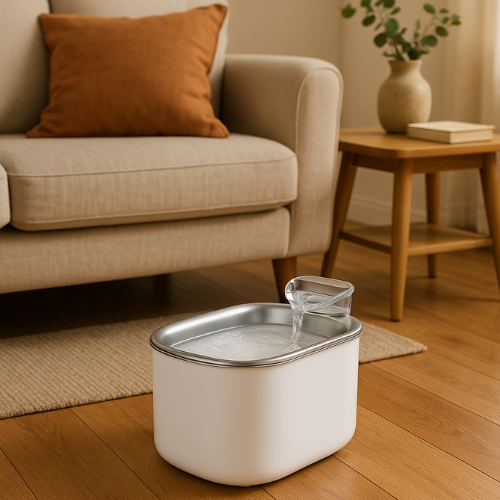Brushing your dog is essential for maintaining a healthy coat and minimizing shedding. But how often should you brush your furry friend? The answer depends on your dog’s breed, coat type, and shedding habits. In this guide, we’ll explore the importance of regular brushing and the best techniques for different coat types.

Why Is Brushing Your Dog Important?
Regular brushing offers several benefits:
-
Removes Loose Fur – Reduces shedding and prevents hair from spreading throughout your home.
-
Prevents Mats and Tangles – Especially important for long-haired breeds.
-
Distributes Natural Oils – Keeps your dog’s skin and coat healthy and shiny.
-
Reduces Allergens – Helps minimize pet dander in the home.
-
Detects Skin Issues Early – Identifies parasites, rashes, or abnormalities before they worsen.
How Often Should You Brush Your Dog?
The frequency of brushing depends on your dog’s coat type:
1. Short-Haired Dogs (Labradors, Boxers, Beagles)
-
Brush once a week with a soft-bristle brush or rubber grooming mitt.
-
Helps remove loose hair and distribute oils evenly.
2. Medium-Haired Dogs (Golden Retrievers, Border Collies)
-
Brush 2-3 times a week with a slicker brush to prevent mats and remove undercoat shedding.
3. Long-Haired Dogs (Shih Tzus, Afghan Hounds, Maltese)
-
Brush daily to prevent tangles and mats.
-
Use a detangling spray or conditioning mist for easy brushing.
4. Double-Coated Dogs (Huskies, German Shepherds, Samoyeds)
-
Brush several times a week, especially during shedding seasons.
-
Use an undercoat rake to remove excess fur.
Best Brushes for Different Coat Types
-
Slicker Brush: Ideal for long-haired and double-coated dogs.
-
Bristle Brush: Best for short-haired dogs to remove surface debris.
-
Deshedding Tool: Removes loose undercoat fur effectively.
-
Rubber Grooming Mitt: Works well for short-haired breeds and massaging the skin.
Tips for Effective Brushing
-
Start Slowly – If your dog isn’t used to brushing, introduce it gradually with treats.
-
Brush in the Direction of Hair Growth – Prevents discomfort and breakage.
-
Use Detangling Sprays – Helps prevent painful tugging.
-
Check for Ticks and Fleas – Brushing is a great time to inspect for parasites.
When to Seek Professional Grooming
If your dog has severe matting, excessive shedding, or a difficult-to-maintain coat, professional grooming every 4-6 weeks can help keep their fur in top condition.
Conclusion
Brushing your dog regularly is crucial for their health and hygiene. Whether your dog sheds minimally or heavily, using the right tools and techniques can make grooming easier and keep their coat looking its best.
Looking for a hassle-free way to manage pet hair at home? Discover Furvac, the perfect vacuum designed to tackle pet fur effortlessly!










